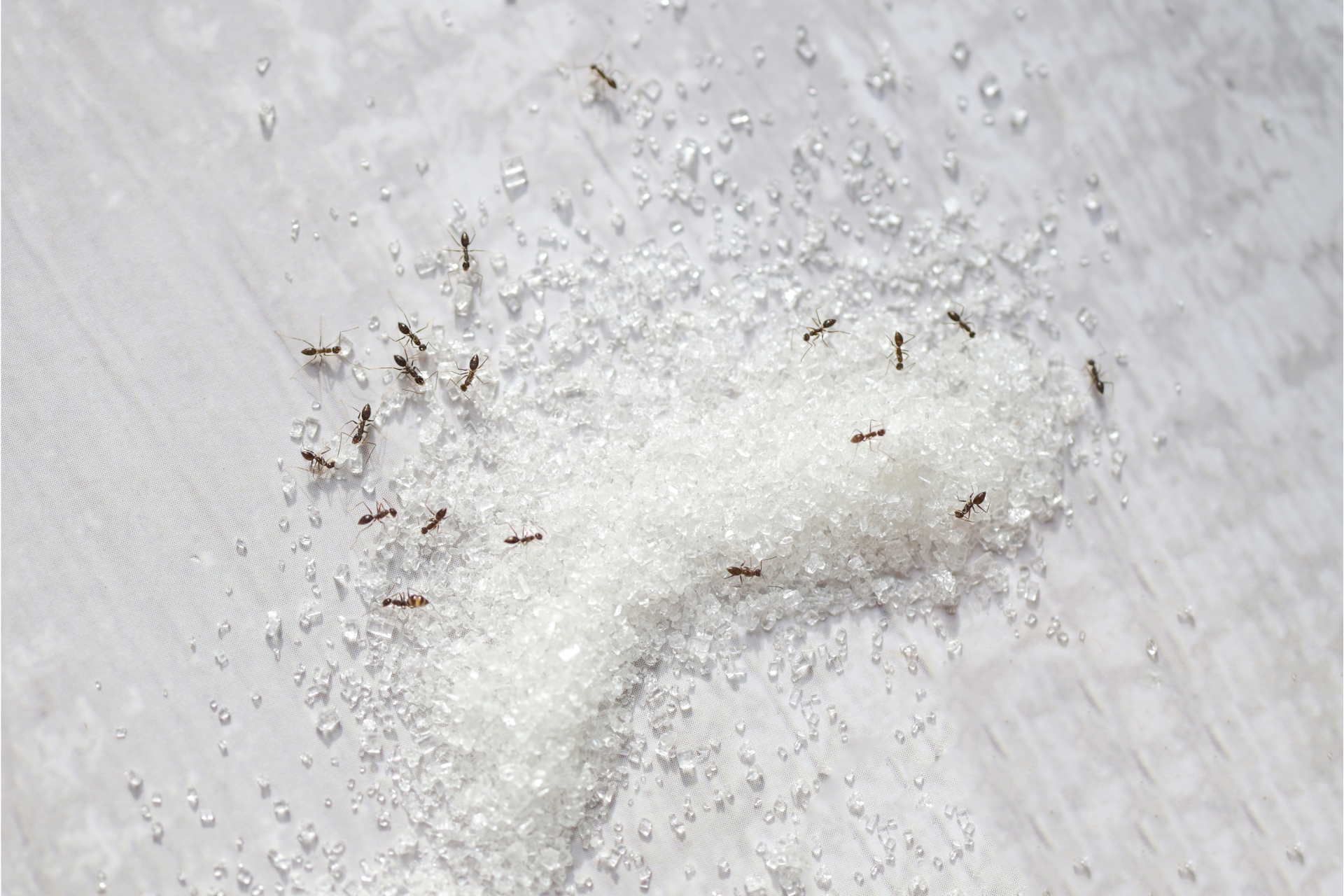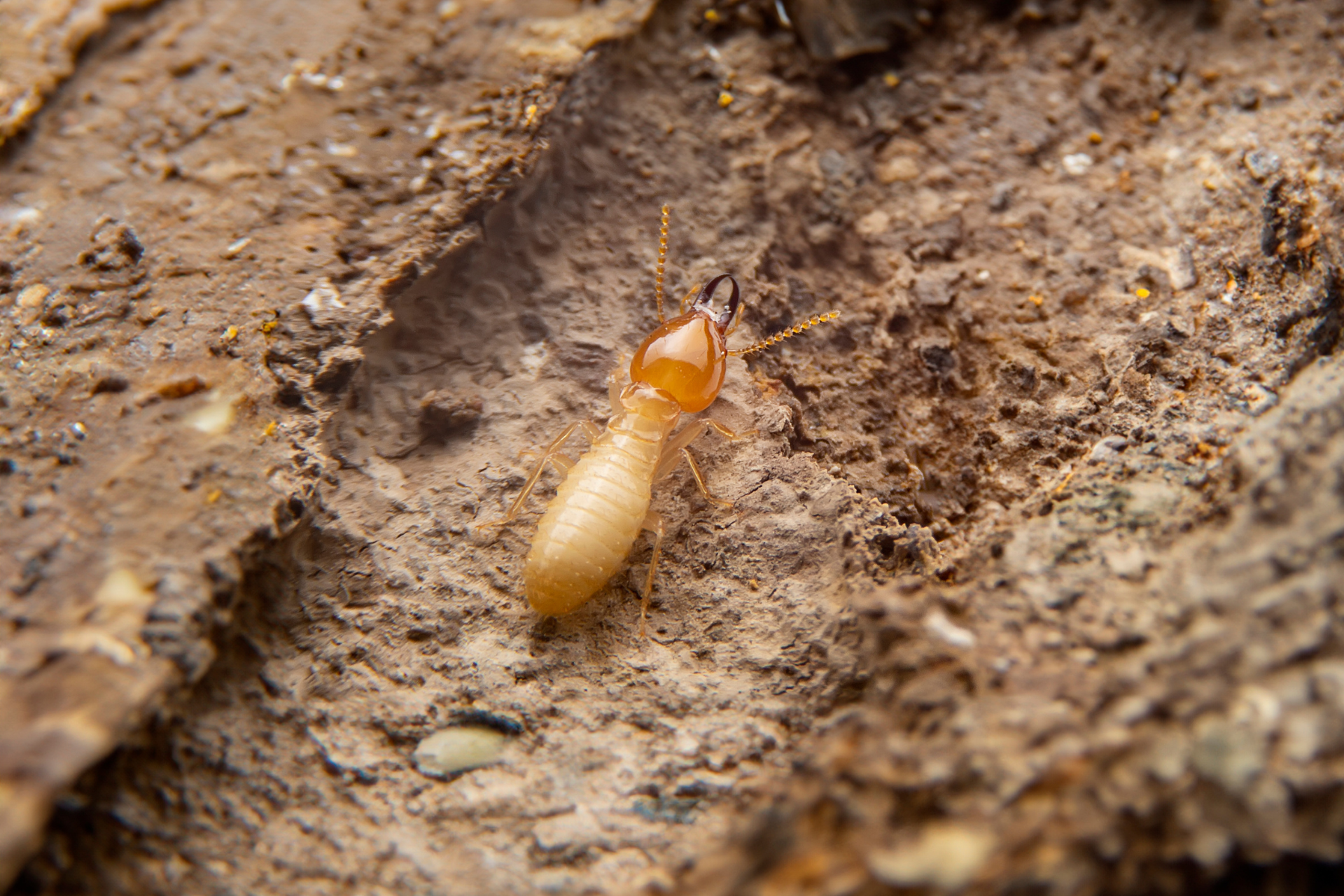What Attracts Stink Bugs To Homes
Understanding The Conditions That Bring Stink Bugs Indoors
As the temperature outside starts to drop, stink bugs begin searching for refuge—somewhere a little more stable than the underside of a leaf or the bark of a tree. That’s when our homes become especially appealing. The warmth that radiates from walls, windows, and even siding acts like a beacon to these shield-shaped invaders. They don’t necessarily want to become permanent residents right away, but they’ll happily use the space between walls, in attics, or under baseboards as a hideout until outdoor conditions improve.
In early autumn, when cool nights start creeping in, stink bugs begin to aggregate on sunny exterior walls. They’re drawn by the residual heat that lingers long after the sun dips below the horizon. From there, any small opening—whether it’s a tear in a screen, a cracked weather strip, or a loose-fitting vent—can become an entryway. Once inside, they settle in, often unnoticed until spring when they start making their presence known again.
What’s interesting is that this migration isn’t random. Stink bugs have a knack for remembering where they found cozy spots in the past. This tendency, called “overwintering site fidelity,” means if your home was a target last year, there’s a good chance they’ll come back again—and possibly bring friends.
How Scent Plays A Strange Role
Scent is a curious factor when it comes to stink bugs. You might expect that these insects are repelled by strong odors, but the opposite can be true. These bugs actually emit a pheromone that serves as both a defense mechanism and a homing signal. Once a stink bug has found what it considers a good spot, that scent marker can attract others in the area to join them. It’s a bit like broadcasting the location of a good hideout to their entire network.
What’s worse is that the scent lingers. Even after stink bugs are removed, traces of those pheromones can hang around and act as an open invitation to others. That’s why homes with recurring infestations often see stink bugs reappearing in the same areas season after season. Even cleaning the area doesn’t always remove these signals completely, especially if they’ve settled into porous materials like wood or drywall.
Some household scents may unintentionally draw them in too. Certain types of lighting, for example, give off wavelengths that insects are particularly drawn to—similar to how moths react. Outdoor lights near doors or windows can become hotspots for stink bug activity, especially at dusk. The combination of warmth, light, and lingering pheromones creates a near-perfect setup for these insects to congregate. Interestingly, they also seem to gravitate toward areas that have accumulated organic residues or other insect activity, possibly mistaking those places as ideal shelters.
The Impact Of Landscaping And Vegetation
Landscaping decisions can play a much bigger role in stink bug attraction than most people realize. These bugs love to feed on a wide variety of plants and fruit-bearing trees. If your yard features lush gardens, ornamental shrubs, or fruit trees, you might be unwittingly rolling out the red carpet for stink bugs. Once they establish themselves in your yard, the next step—finding their way into your home—is just a short journey away.
They’re especially fond of plants like tomatoes, peppers, apples, peaches, and beans, but they’re not particularly picky. Any abundant food source can be enough to get their attention. Even flowering plants that attract other insects can end up being a kind of bait if stink bugs are following their prey or seeking moisture and nectar.
Mulch beds, stacked wood, and even decorative stone can also offer places for them to hide out during the day. As temperatures drop, they begin scouting out cracks in your home’s foundation, gaps behind siding, or unsealed roofline edges. Any landscaping that provides shelter or camouflage—no matter how well-maintained—could serve as a staging ground for these pests to start their invasion. Yard debris that accumulates in corners or beneath decks can turn into a kind of launchpad for their entry, especially when left undisturbed for long stretches.
Poorly Sealed Structures And Invisible Entry Points
It’s not just what’s outside the house that attracts stink bugs—it’s also how well your home keeps them out. Many houses, especially older ones, have tiny gaps and crevices that go unnoticed by the average homeowner. To a stink bug, those minuscule openings are like open doors. They don’t need a wide gap to get inside; something as small as a worn-out seal around a vent or a missing caulk bead around a window frame can be all it takes.
Attics, crawl spaces, and basements tend to be the most overlooked areas, and that’s exactly where stink bugs like to settle. They’re not after your food or your furniture—they just want somewhere dry, dark, and warm. Once they get in, they tend to stay put through the winter months, and you might not even realize they’re there until they start showing up on windowsills when the weather warms back up.
Sometimes, the entry points aren’t even at ground level. These bugs can fly, after all, and are more than capable of finding their way in through upper-level soffits, attic vents, or cracks around rooflines. Once they’ve made it inside, their instinct is to find a quiet corner and hunker down. That’s when they become a seasonal surprise, turning up seemingly out of nowhere when you least expect them.
When stink bugs start making themselves at home, it’s usually a result of a perfect storm of environmental and structural conditions. Warmth draws them to your walls, scent guides others to follow, landscaping provides a nearby buffet, and tiny gaps in your home offer the final invitation. It’s a chain reaction that can go unnoticed until the bugs are already inside.
At Star City Pest Control, we understand how frustrating this problem can be. If stink bugs are popping up around your home—or you’re trying to prevent them from getting in at all—it’s time to take action.
Contact our team today, and we’ll inspect your space, identify potential entry points, and develop a customized plan to keep these pests out for good. Let us help you break the cycle before it starts again.










